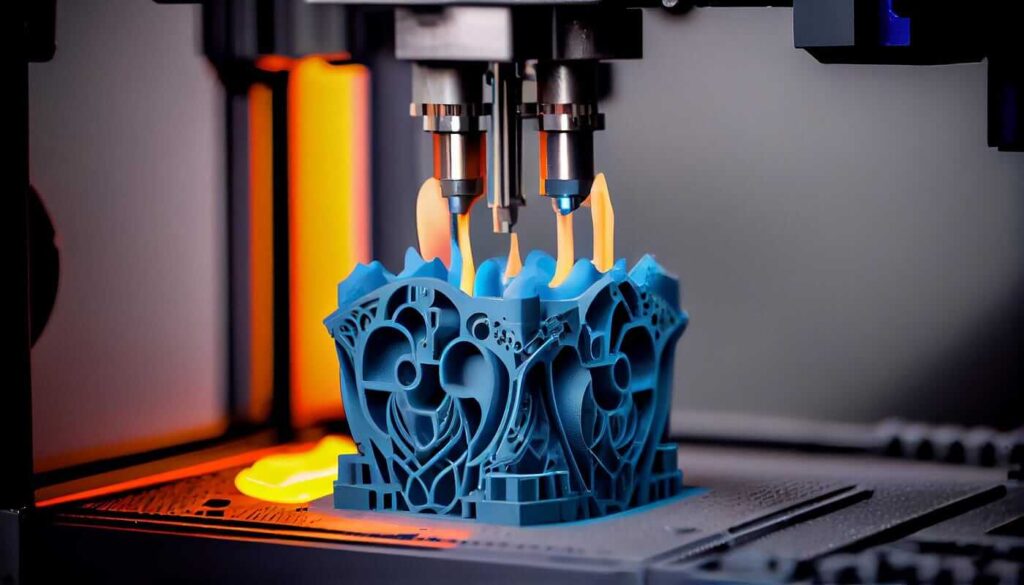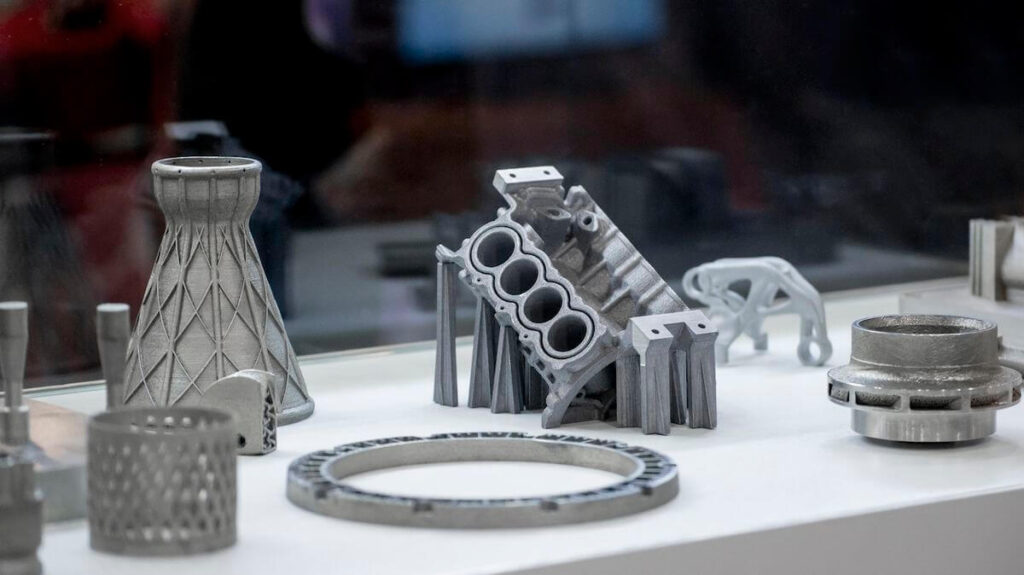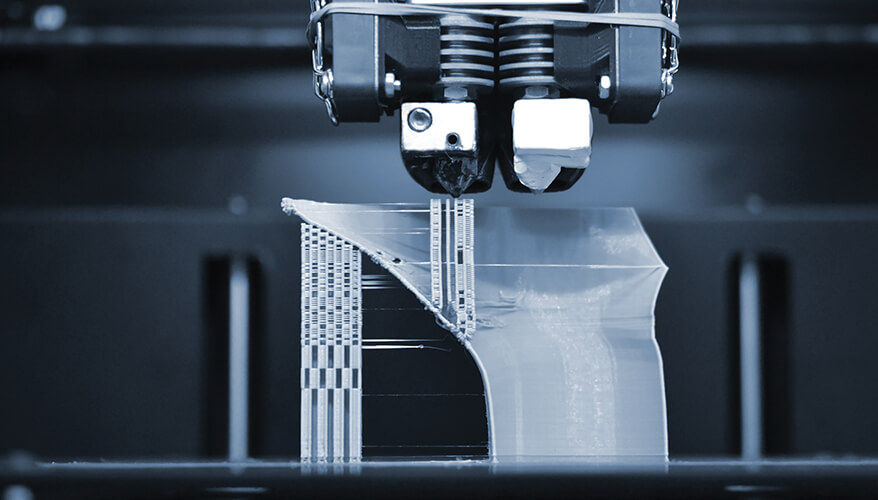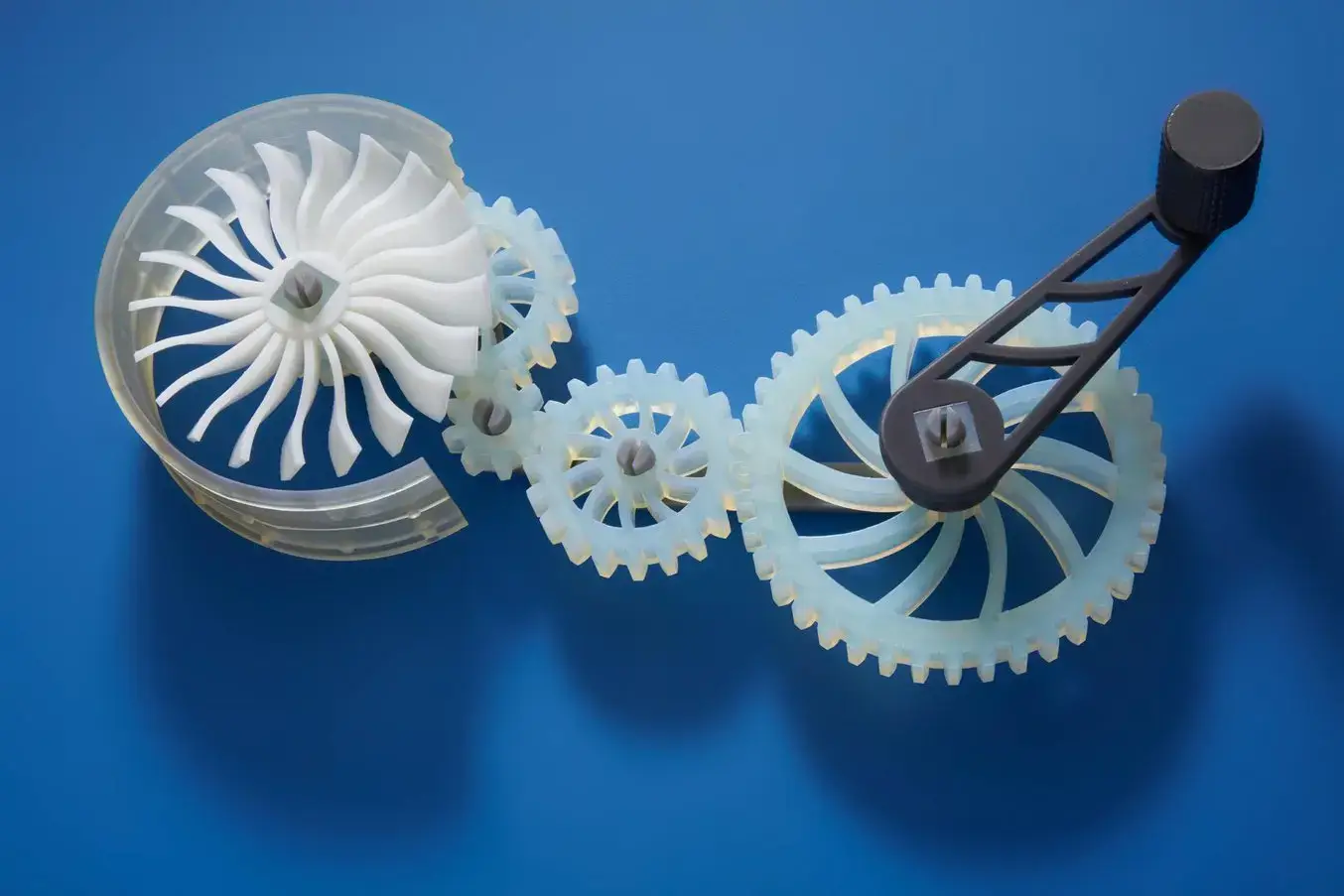Benefits of 3D Printing for Prototypes and Low-Volume Production
1.Rapid Prototyping
Traditional manufacturing methods often involve lengthy and expensive processes, such as machining or injection molding. These methods require the creation of molds or tools that can take weeks or even months to complete.
In contrast, 3D printing can rapidly prototype directly from digital designs. This significantly reduces the time and cost required for the prototyping phase, allowing companies to iterate and improve their designs more efficiently.

2.Design Flexibility
With traditional manufacturing methods, changing a design can be a complex and costly process. However, with 3D printing, digital design files can be easily modified and new prototypes can be printed in a matter of hours.
This allows for greater design freedom and encourages experimentation, as designers can quickly test and evaluate different iterations of their products.
3.Suitable for Low-Volume Production
Traditional manufacturing methods often require high-volume production to be cost-effective. This is a daunting challenge for companies that only need a small number of products or want to test the market before mass production.
3D printing not only eliminates the need for expensive tooling, it also allows for on-demand production. This means companies can produce small quantities of products as needed, reducing inventory costs and minimizing waste.

4.High degree of customization
Traditional manufacturing methods often involve producing products of standardized sizes and shapes. However, with 3D printing, each product can be individually customized to meet specific customer requirements. This level of customization is particularly valuable for niche markets or industries that require personalized products.
3D printing enables companies to offer unique, personalized products without the need for additional tooling or setup costs.
5.Producing complex geometries
Traditional manufacturing methods often have limitations when it comes to creating complex designs. 3D printing, on the other hand, can easily produce highly detailed and complex structures. This opens up new possibilities in product design and allows for the creation of innovative and unique products that were previously unattainable.

In summary, 3D printing offers many benefits for prototyping and low-volume production. Its ability to quickly produce prototypes, flexible designs, cost-effective low-volume production, high degree of customization, and ability to produce complex geometries all make it an attractive option for companies.
As this technology continues to advance, we can expect to see more applications and benefits of 3D printing in the product development and manufacturing sectors.
